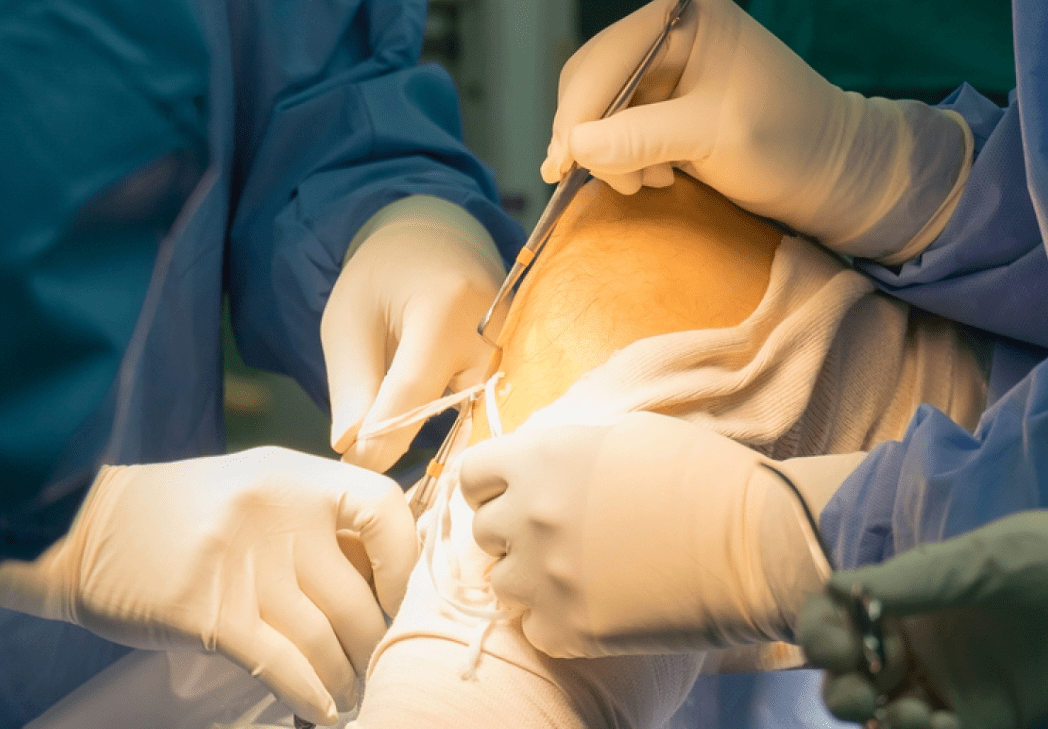In the realm of orthopedic surgery, knee arthroscopy stands out as a pivotal procedure for diagnosing and treating a variety of knee-related issues. Whether you’re dealing with a torn meniscus, ligament injuries, or damaged cartilage, knee arthroscopy offers a minimally invasive solution that allows for precise diagnosis and targeted treatment.
What is Knee Arthroscopy?
Knee arthroscopy is a surgical procedure that involves inserting a small camera, known as an arthroscope, into the knee joint through a tiny incision. This instrument enables orthopedic surgeons to visualize the interior of the knee on a screen in real-time. By doing so, they can accurately diagnose the exact nature and extent of knee problems.
Compared to traditional open knee surgery, arthroscopy offers several advantages. It typically involves smaller incisions, less tissue damage, reduced pain, faster recovery times, and lower risks of complications.
Indications for Knee Arthroscopy
Orthopedic specialists often recommend knee arthroscopy for conditions such as:
- Torn Meniscus: A common injury where the cartilage in the knee is torn due to twisting or sudden movements.
- Ligament Injuries: Including anterior cruciate ligament (ACL) tears or strains.
- Cartilage Damage: Such as osteoarthritis or other forms of joint degeneration.
Symptoms that may prompt a doctor to suggest knee arthroscopy include persistent knee pain, swelling, locking or catching of the knee joint, and difficulty bearing weight or moving the knee normally.
Preparation for Knee Arthroscopy
Before undergoing knee arthroscopy, patients typically undergo a thorough evaluation. This includes physical examinations, imaging tests (like MRI scans), and discussions with their orthopedic surgeon to ensure they understand the procedure and its expected outcomes.
On the day of surgery, patients are advised to follow fasting instructions and arrive at the hospital or surgical center at the designated time. Anesthesia options, ranging from local anesthesia to general anesthesia, will be discussed and chosen based on the patient’s health and the complexity of the procedure.
The Knee Arthroscopy Procedure
Once the patient is under anesthesia, the surgeon makes small incisions around the knee to insert the arthroscope and other surgical tools. The arthroscope transmits images of the knee joint to a monitor, allowing the surgeon to identify and address issues with precision. Depending on the findings, repairs to torn tissues, removal of damaged cartilage, or reconstruction of ligaments may be performed.
Recovery and Rehabilitation
Following knee arthroscopy, patients are monitored in a recovery area until they are fully awake and stable. Most patients can return home the same day with specific post-operative instructions, including managing pain and swelling, keeping the incision site clean and dry, and engaging in prescribed exercises to regain knee strength and flexibility.
Physical therapy is often a crucial component of recovery. A structured rehabilitation program helps patients rebuild muscle strength, restore joint mobility, and prevent future knee problems.
Benefits and Risks of Knee Arthroscopy
The benefits of knee arthroscopy are numerous, including minimal scarring, quicker recovery times, reduced risk of infection, and improved outcomes compared to traditional surgery. However, like any surgical procedure, knee arthroscopy carries potential risks such as infection, blood clots, and nerve damage. Your orthopedic surgeon will discuss these risks in detail and help you make an informed decision.
Takeaway
Knee arthroscopy is a valuable tool in modern orthopedics, offering patients a less invasive option for diagnosing and treating a range of knee conditions. By understanding the procedure, its benefits, and what to expect during recovery, patients can approach knee arthroscopy with confidence and clarity.






